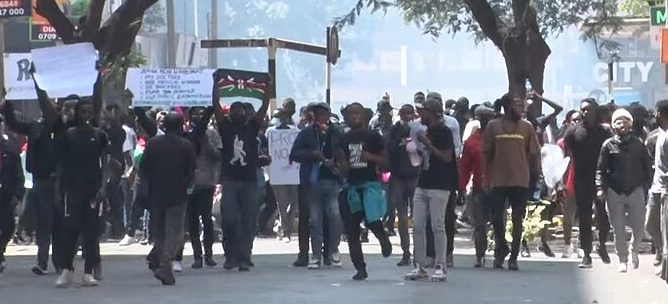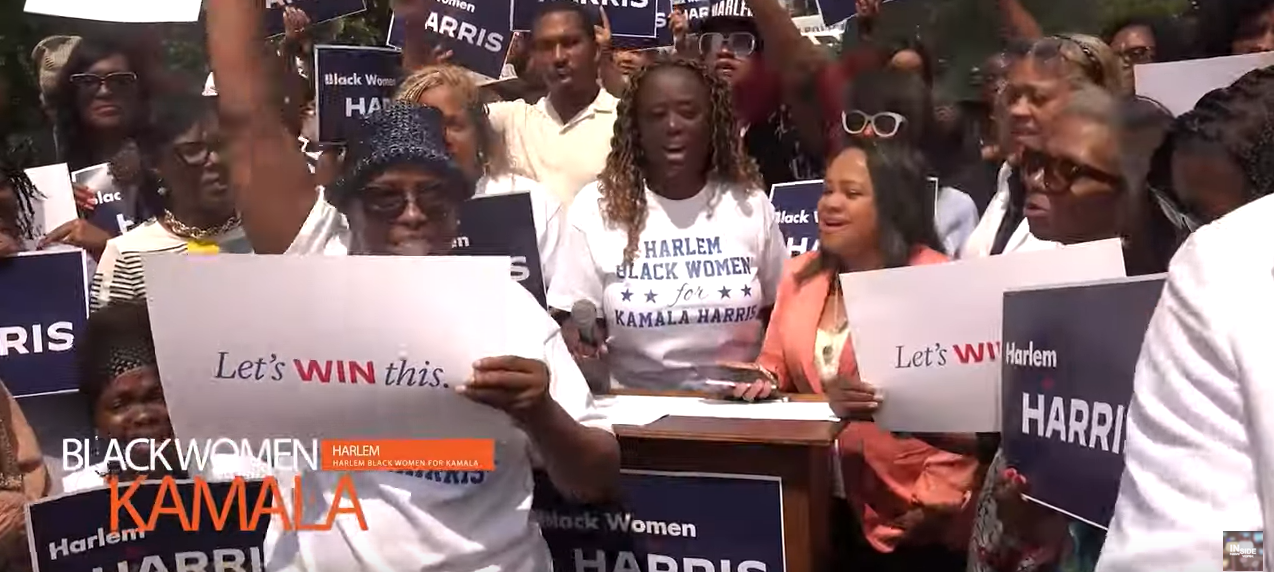Photos: YouTube
Taiwan has returned as a troubling issue in US-China relations. It is no longer merely a case of verbal jousting over the island’s autonomy versus Chinese claims of sovereignty.
]The new round of US-China tensions over Taiwan actually began in the Trump administration, when the administration authorized new arms sales to Taiwan, an official visit to Taiwan by a senior US official (Alex Azar, secretary for health and human services, the highest-level visit since 1979), and strong statements of support for Taiwan.
Early on in the Biden administration, the Chinese responded with pressure of its own: repeated violations of Taiwan’s air defense zone by their military aircraft and regular coastal patrolling by China’s coast guard and naval vessels, all justified as reactions to US naval maneuvers near Taiwan and closer political ties.
US media reported internal debate in the administration about whether and how to clarify the “strategic ambiguity” that has long existed in US declaratory policy regarding Taiwan’s security. Some officials argued for a stronger verbal commitment to Taiwan’s defense, others for directly warning Beijing or increasing military aid to Taiwan. A US Senate bill, the Strategic Competition Act of 2021, calls for bringing Taiwan within the compass of US regional defense plans.
Officially, a State Department spokesman said at a news briefing:
“We have, of course, taken note with great concern the pattern of ongoing PRC efforts and attempts to intimidate in the region, including in the context of Taiwan. In support of longstanding U.S. policy . . . as reflected in the Taiwan Relations Act, the United States maintains the capacity to resist any resort to force or other forms of coercion that would jeopardize the security or the social or economic system of the people on Taiwan.”
Blinken followed up with this statement on April 11, 2021: “All I can tell you is we have a serious commitment to Taiwan being able to defend itself. . . .it would be a serious mistake for anyone to try to change that status quo by force.” The state department announced more frequent official visits to Taiwan, leaving strategic ambiguity less ambiguous.
Notably, none of the US statements reaffirmed the Nixon-era promise to respect the “one-China” principle.
Avoiding a Collision
The central issue regarding Taiwan should be self-determination: Do the people of Taiwan want to remain politically separate from the mainland or become a Chinese province? Separation has long been the preferred choice, growing stronger by the year as the Taiwan-born population increases and (as polls consistently show) people’s identification as Taiwanese rather than Chinese also increases. But separation does not have to mean independence; for its own security, Taiwan must preserve the fiction that it is not a “country.”
On the mainland, however, the frame of reference for Taiwan is entirely different.
The PRC leadership’s patience to achieve reunification with Taiwan is running low, Xi Jinping’s desire to be the leader who achieves reunification is probably very strong, and China’s capability to achieve reunification by force is greater than ever. Blockade, cyberwar, and attacks on US planes and ships that might try to defend Taiwan are often mentioned.
Two US naval commanders offered the prediction in early 2021 that China might try to seize Taiwan in the near future—a view, however, that may reflect a desire for more forces and funding rather than a realistic appraisal of Chinese strategy.
The challenge for both Washington and Beijing is how to avoid a collision. For the US, that should mean reducing arms to Taiwan and reassuring China that Washington remains committed to “one China.” For China, that means stopping shows of force in the Taiwan Strait and supporting ways, as it has in the past, for Taiwan to participate in international gatherings, such as on the pandemic.
For both countries, it means regular military-to-military consultations and maintaining the strategic ambiguity that has served well in preventing war.
Crisis Management: A Lesson from the Past
A few weeks ago the administration’s chief China adviser, Kurt Campbell, said the US would continue to observe strategic ambiguity, but noted that China was not paying attention to crisis management mechanisms that might prevent a miscalculation in places like the Taiwan Strait. That is worrisome, and not only because Campbell indicated that the US would continue seeking ways to upgrade Taiwan’s profile in international organizations. The other contingency is Chinese military pressure on Taiwan and the US response.
The Biden administration has made clear that it would defend Taiwan in a crisis. And now, Daniel Ellsberg has released a RAND Corporation study of the 1958 crisis over Taiwan in which US decision makers debated use of nuclear weapons against the China mainland if China attacked Taiwan and conventional weapons were believed inadequate to defend the island. The military was particularly hawkish in that crisis, talking about a nuclear attack on Chinese airfields first and cities next if necessary.
Today, of course, China has its own nuclear weapons as well as substantial non-nuclear means, such as cyber warfare and missiles, for dealing with US naval and air forces in the Taiwan area. While the chances of a Chinese invasion of Taiwan are slim, they are less so if China’s objective is to disrupt Taiwan with cyber attacks and neutralize US naval forces with missiles.
The RAND study focused only on the US side of the crisis. Back in 1976 I published a study of Chinese motives and action in the 1958 crisis. I argued that contrary to other interpretations at that time, Mao Zedong was beset with economic problems, leadership challenges, and disagreements with the Soviet Union; he did not want or need an external crisis. But the strategic situation looked threatening to Mao: Chiang Kai-shek, Taiwan’s leader, was increasing forces on the offshore islands (Quemoy and Matsu), and the US was deploying a nuclear-capable surface-to-surface missile on Taiwan.
Probably also influencing Chinese thinking was the US military intervention in Lebanon. China’s relative military weakness was being exposed, yet Mao rejected Soviet nuclear assistance that would have put Russian bases on Chinese soil. Mao’s decision to launch an artillery bombardment of the offshore islands was not intended to threaten an invasion of Taiwan but to put pressure on the Americans to rethink their defense relationship with Taiwan while preserving the “one China” principle—the inseparable link between the mainland, Taiwan, and the islands in between. Though the crisis subsided, it showed a serious misreading by both sides of the other’s intentions.
The lesson for today from both the RAND study and mine is consistent with Kurt Campbell’s concern about crisis management. Washington and Beijing are clearly not on the same page about Taiwan at a time when China has robust nuclear and non-nuclear capabilities in the Taiwan Strait area. The need for more, not fewer, points of contact to avoid miscalculations is greater than ever if we are to avoid a catastrophic war neither side wants.
Mel Gurtov, syndicated by PeaceVoice, is Professor Emeritus of Political Science at Portland State University and blogs at In the Human Interest.








